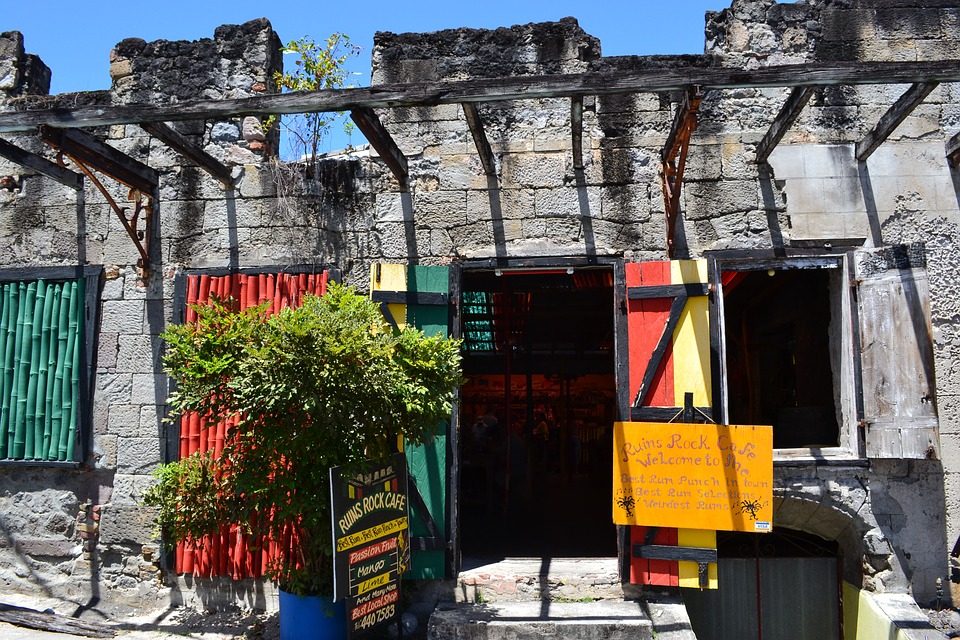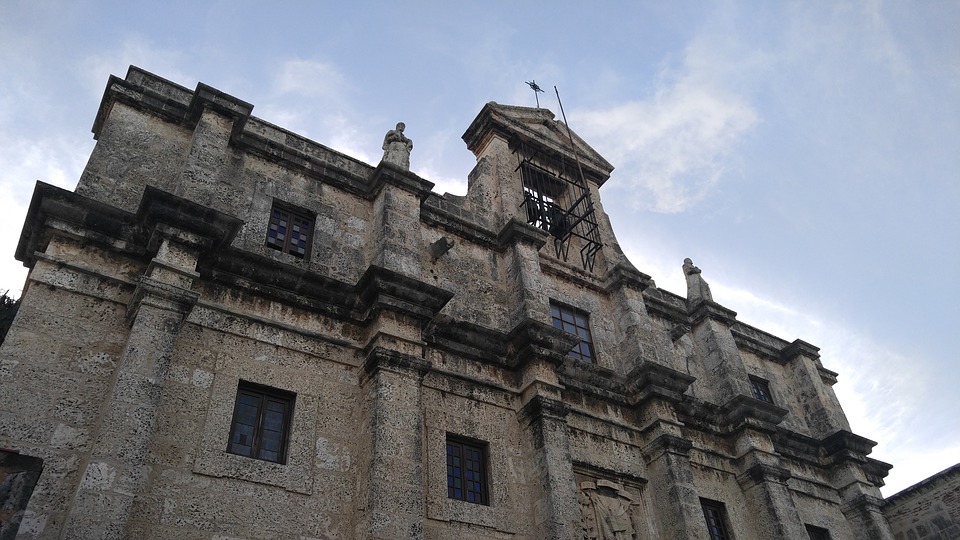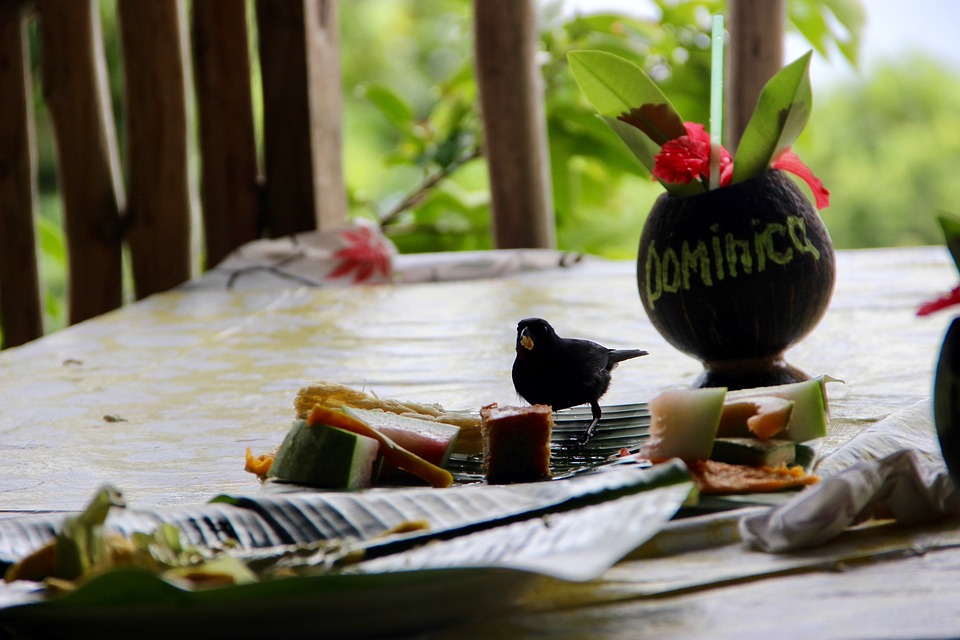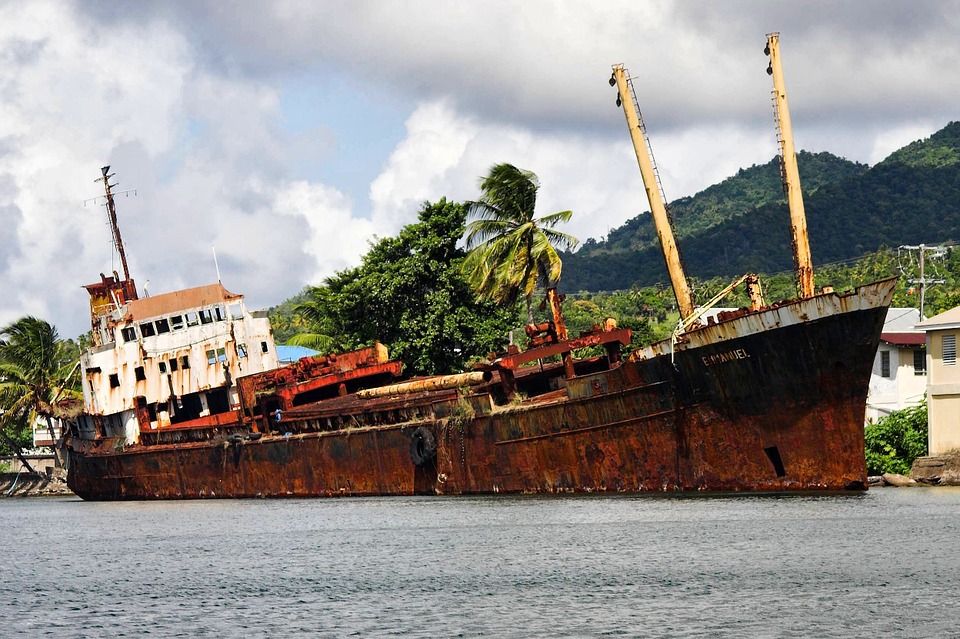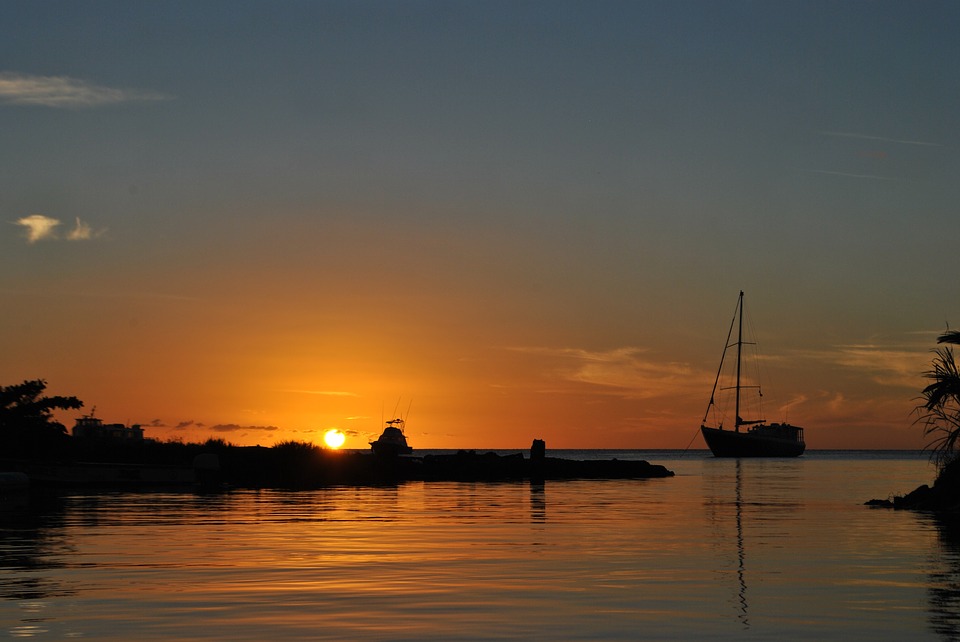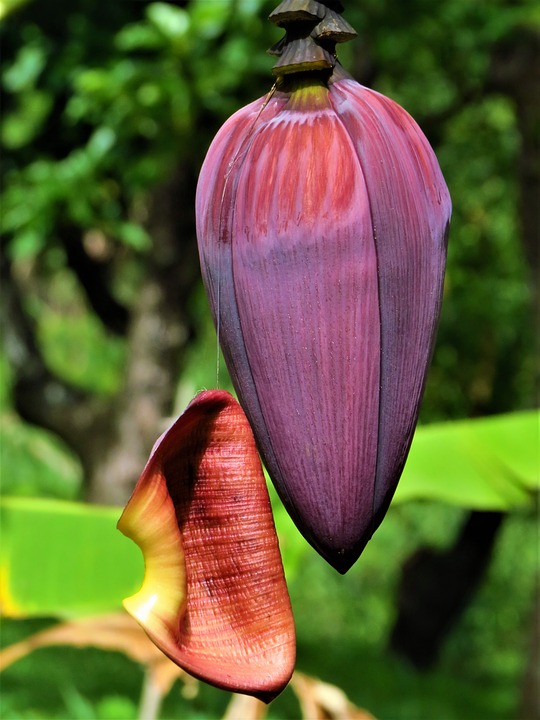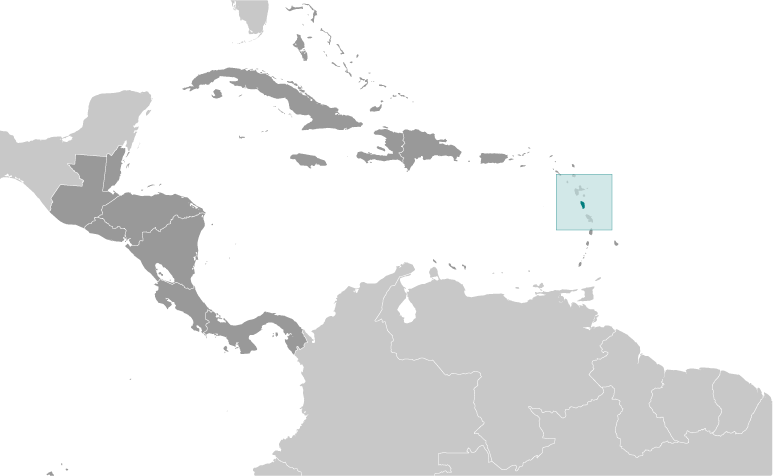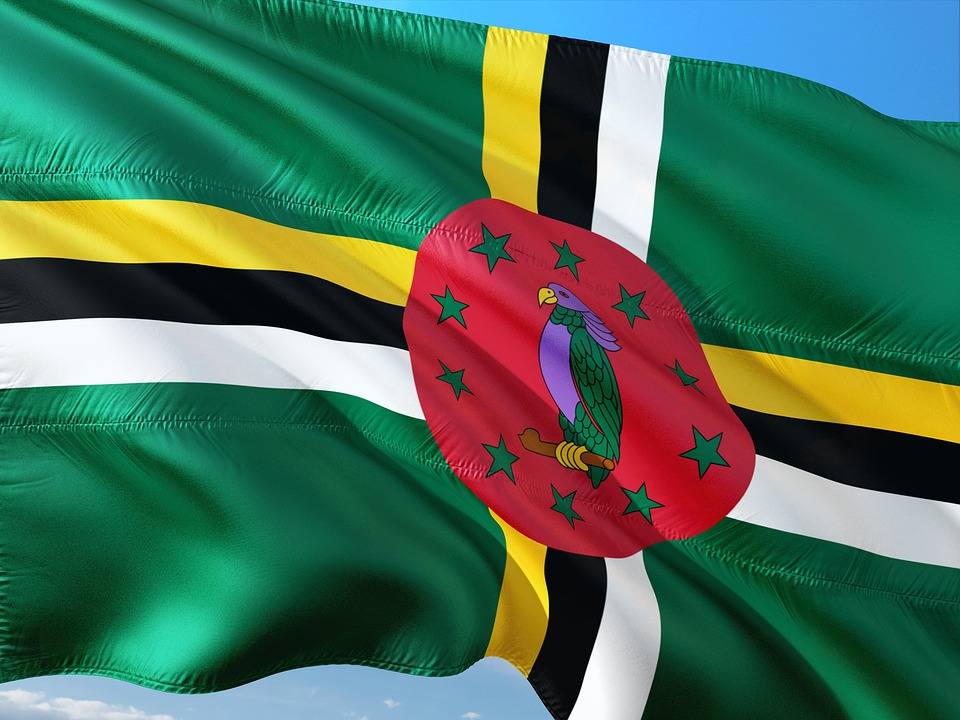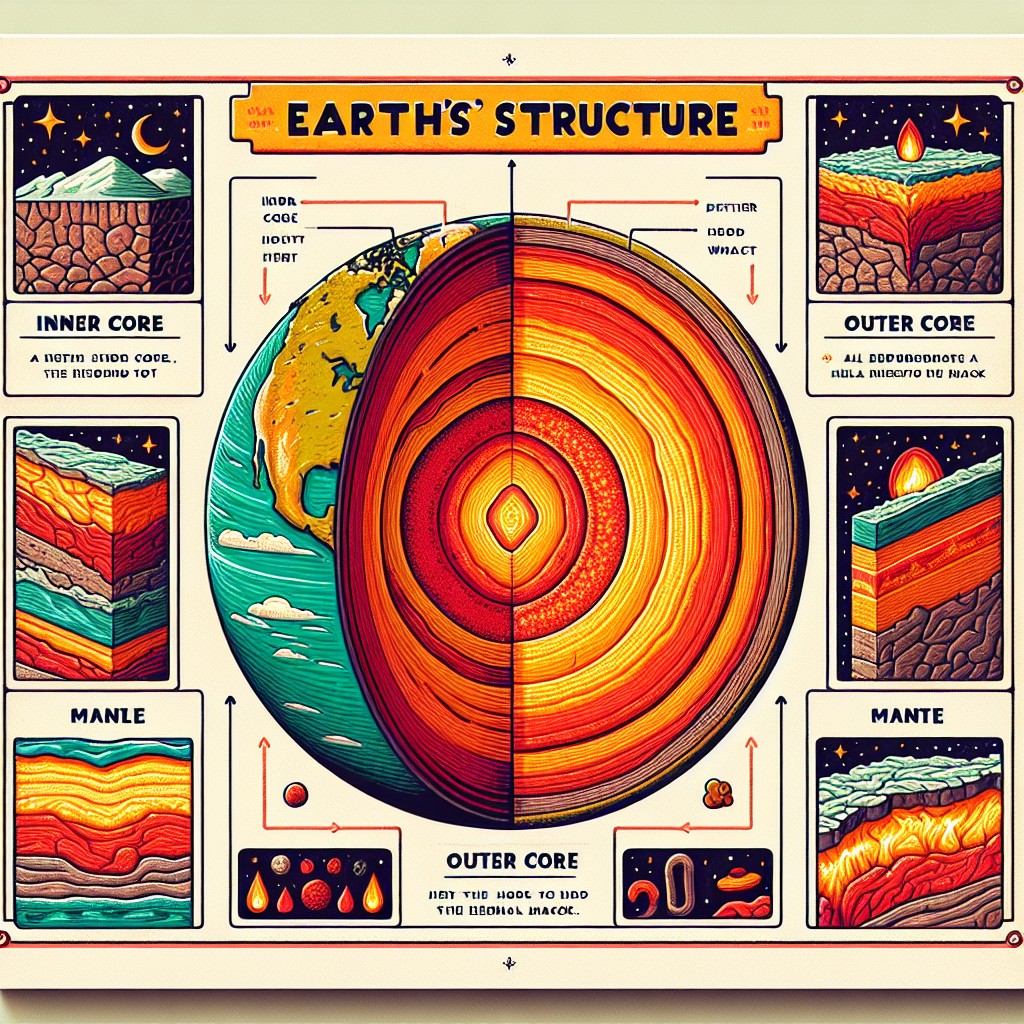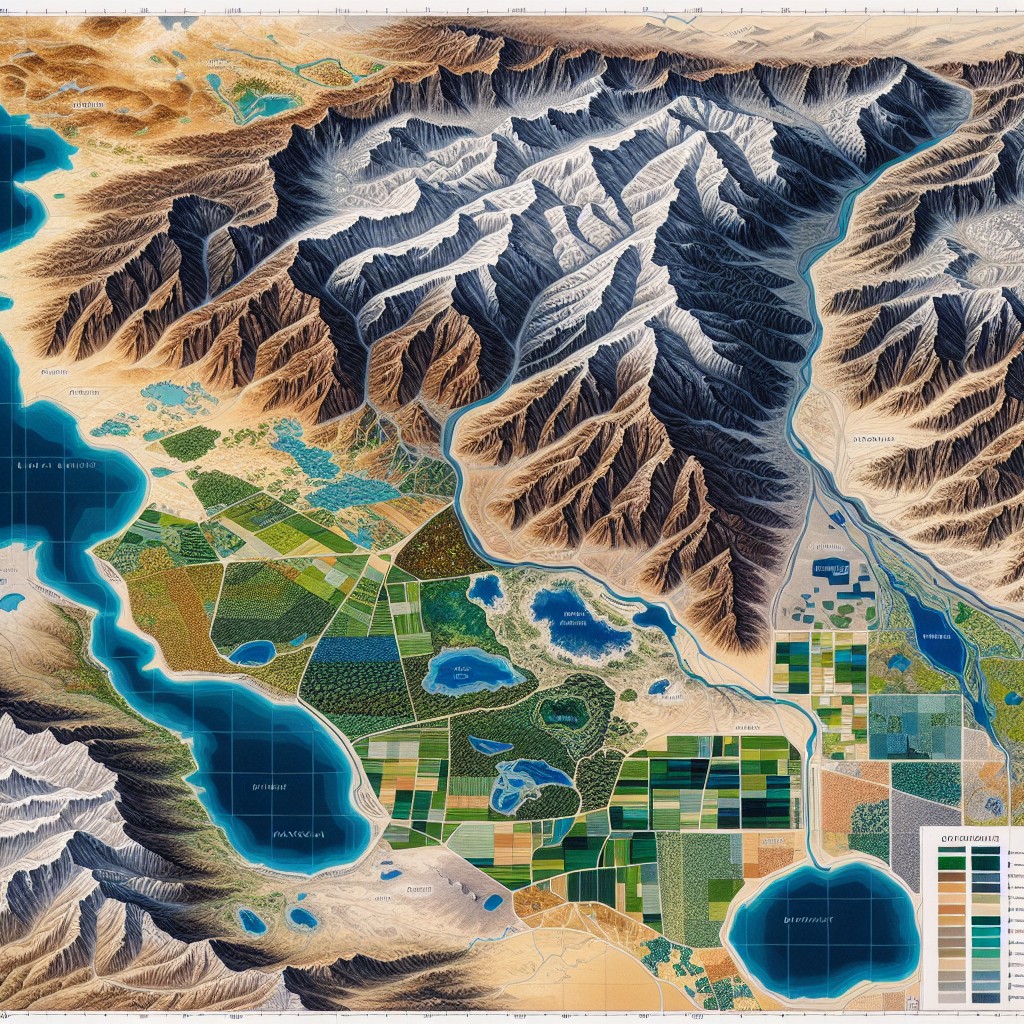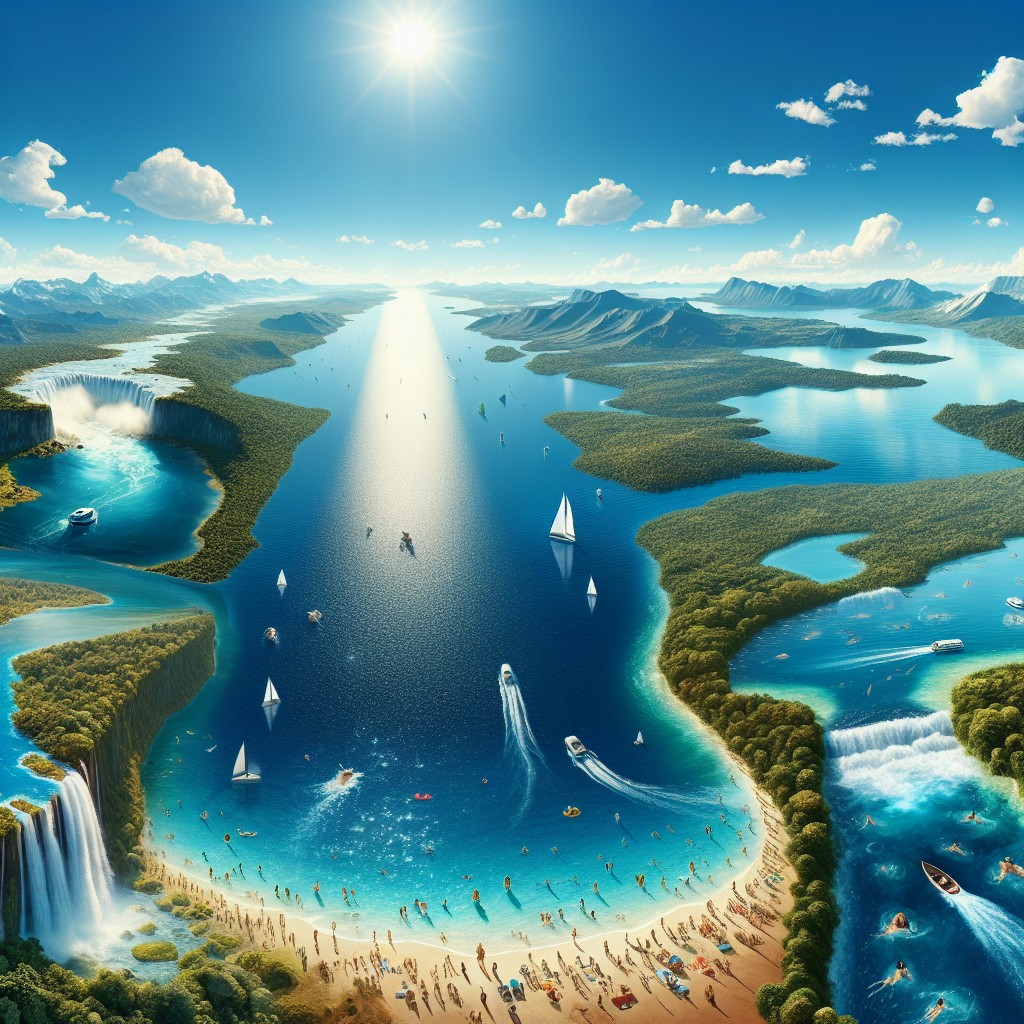Dominica
(Commonwealth of Dominica)

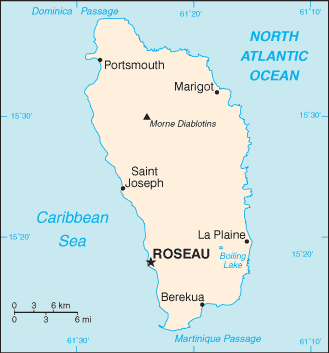
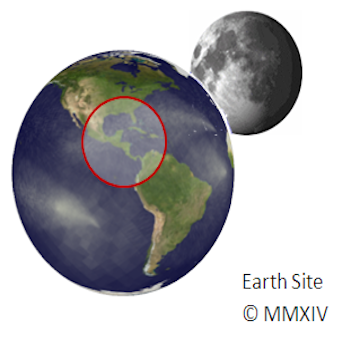
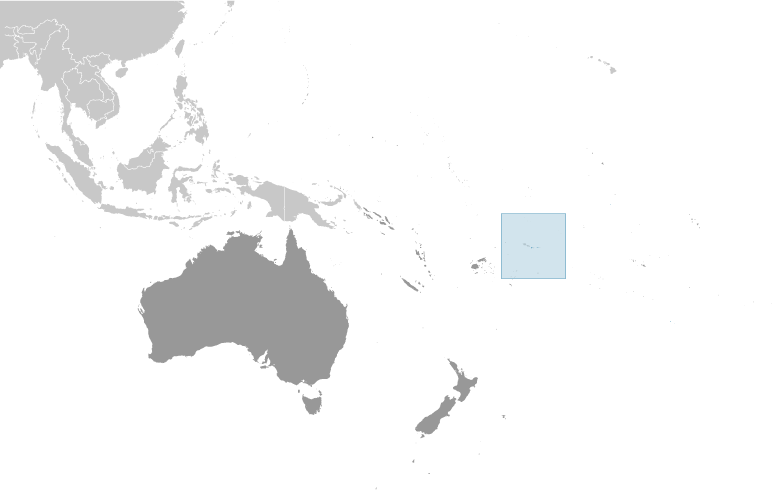
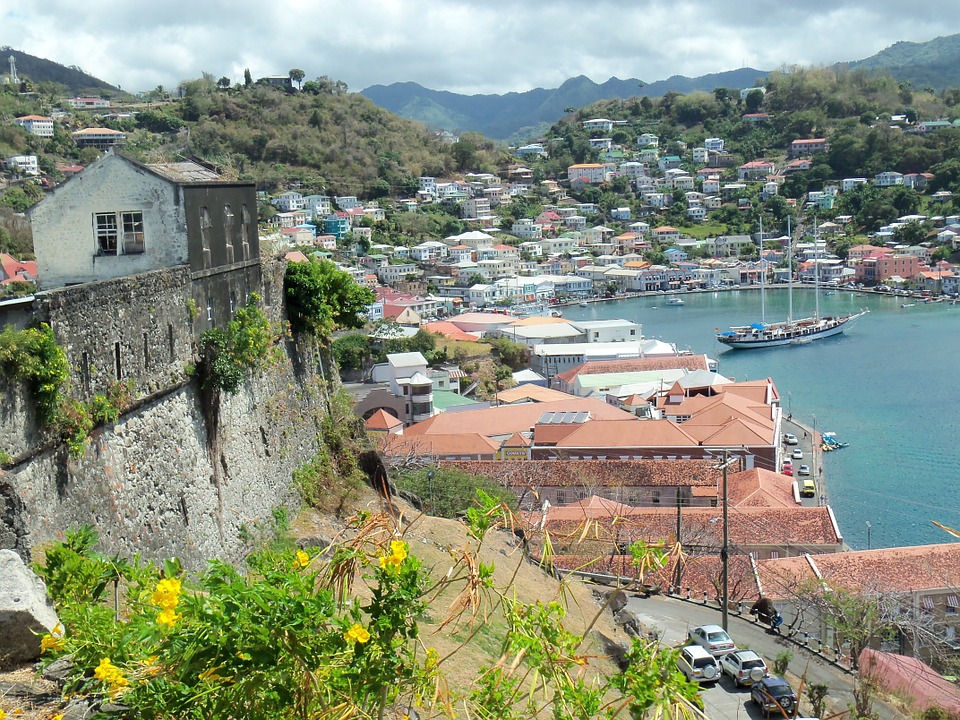
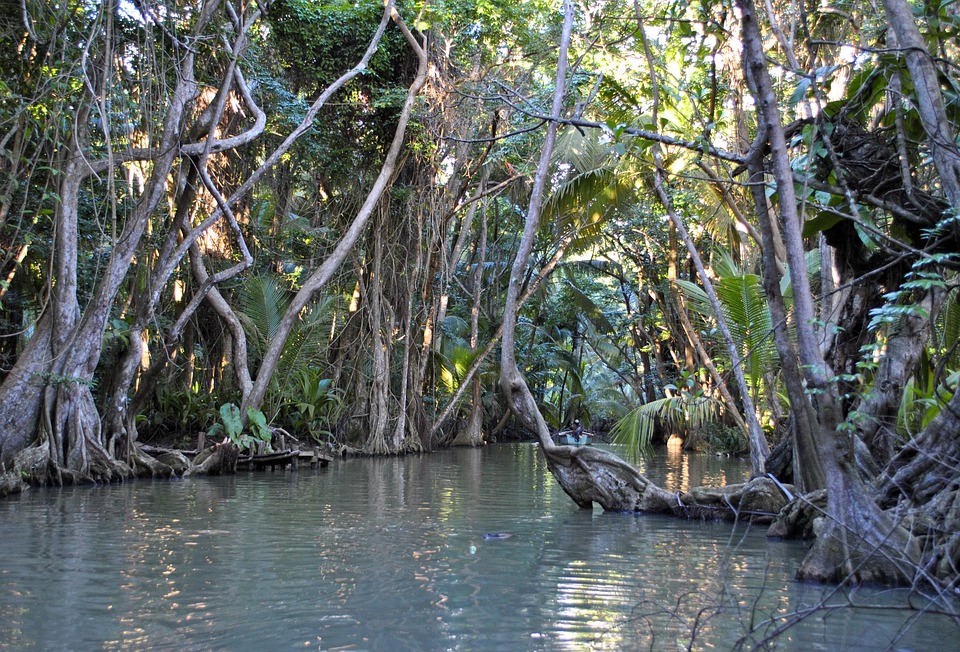
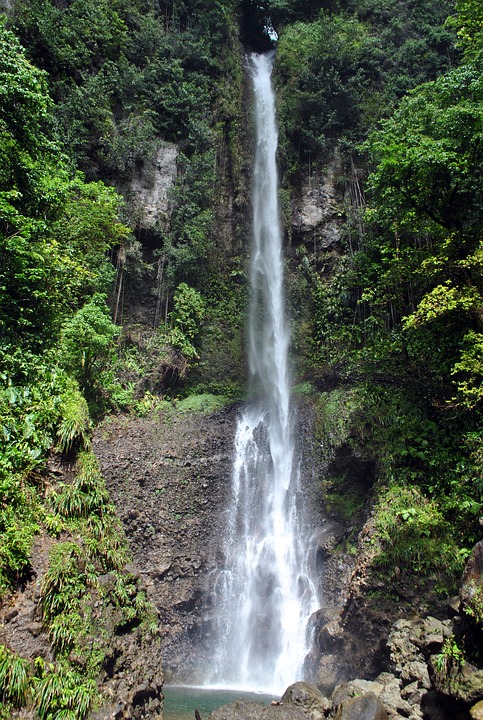
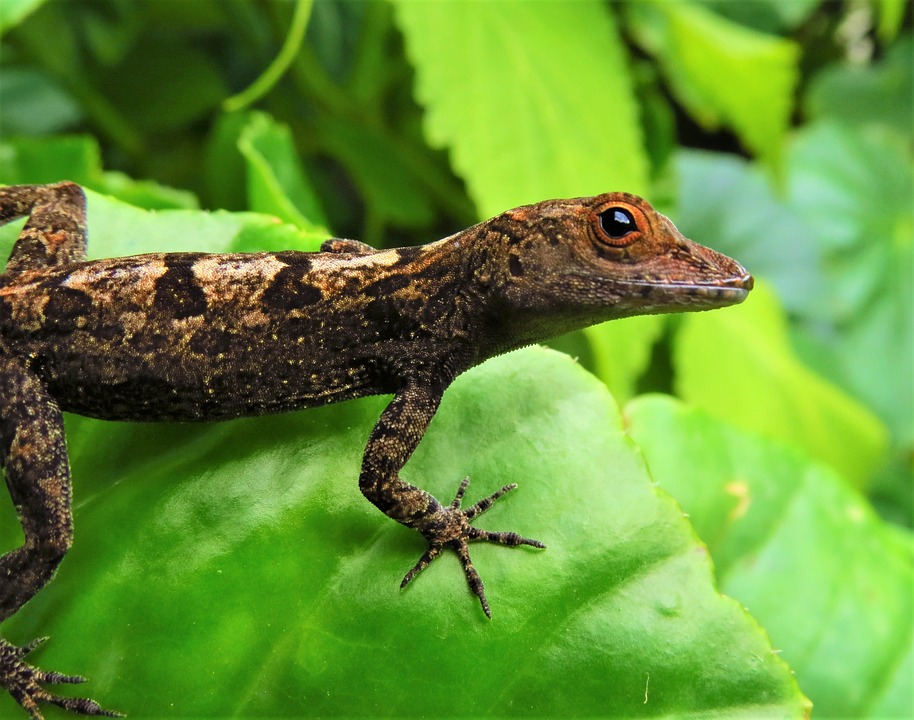
Capital: Roseau
Population (Estimated July 2012): 73,126
Area: 751 km2 or 290 mi2
Currency: Eastern Caribbean dollar (EC$)
Official Language: English
Political Information: Parliamentary Republic
Official Religion: No Official Religion (approximately 61.4% of the population are Roman Catholic, 20.6% are Protestant, 1.2% Jehovah’s witnesses, 7.7% are other Christian, 1.3% are Rastafarian, 1.6% have other religious beliefs and 6.1% have no religious beliefs)
Highest Mountain: Morne Diablotins at 1,447m or 4,747ft
GDP Official Exchange Rate (OER is more precise at gauging a countries economic power)
(Estimated 2011): $500 million (US$) or (GBP)
GDP (OER) Per Capita (per member of the population estimated 2011): (US$) or (GBP)
GDP Purchasing Power Parity (PPP is good for gauging living conditions and use of resources but not as accurate as OER. This data has been calculated based on the sum value of all goods and services produced in the country valued at prices prevailing in the United States)
(Estimated 2011): $1.02 billion (US$) or (GBP)
GDP (PPP) Per Capita (per member of the population estimated 2011): $13,600 (US$) or (GBP)
Time Zone (GMT/UTC): -4:00
Counties/Provinces/States: 10 parishes; Saint Andrew, Saint David, Saint George, Saint John, Saint Joseph, Saint Luke, Saint Mark, Saint Patrick, Saint Paul, Saint Peter
Leaders: President Charles A. SAVARIN (since 2 October 2013) with Prime Minister Roosevelt SKERRIT (since 8 January 2004).
Additional: Gained Independence from the UK on the 3rd of November 1978.
Sources: CIA World Fact Book, Encyclopaedia Britannica.
Dominica
Dominica, also known as the Commonwealth of Dominica, is a small island nation located in the Caribbean Sea. It is part of the Lesser Antilles archipelago and is situated between the French overseas territories of Guadeloupe and Martinique. Dominica is often referred to as “The Nature Isle” due to its pristine natural beauty and abundant biodiversity.
The nickname “The Nature Isle” is fitting for Dominica because the island boasts an impressive array of natural wonders. From lush rainforests and cascading waterfalls to volcanic peaks and pristine beaches, Dominica offers a paradise for nature lovers and adventure seekers. The island is home to several national parks and protected areas, including Morne Trois Pitons National Park, which is a UNESCO World Heritage Site. Dominica’s commitment to preserving its natural heritage has earned it a reputation as one of the most ecologically diverse countries in the world.
Geography and Climate of Dominica: A Tropical Paradise
Dominica covers an area of approximately 750 square kilometres (290 square miles) and has a population of around 70,000 people. The island is volcanic in origin and is characterized by rugged terrain, with steep mountains and deep valleys. The highest peak in Dominica is Morne Diablotins, which stands at 1,447 meters (4,747 feet) above sea level.
Dominica’s climate is tropical, with high temperatures and humidity throughout the year. The island experiences two distinct seasons: the dry season from December to May and the wet season from June to November. The wet season is also hurricane season in the Caribbean, and Dominica has been affected by several major hurricanes in recent years. Despite this, the island’s lush vegetation and fertile soil are a testament to its abundant rainfall.
History of Dominica: From Indigenous Peoples to Colonialism
Before the arrival of European colonizers, Dominica was inhabited by the Kalinago people, who called the island “Wai’tukubuli,” meaning “tall is her body.” The Kalinago were skilled seafarers and warriors, and they fiercely resisted European attempts to colonize the island.
In the late 15th century, Christopher Columbus became the first European to set foot on Dominica during his second voyage to the Americas. However, it was not until the 17th century that European colonization of Dominica began in earnest. The island changed hands several times between the French and the British, with each colonial power leaving its mark on Dominica’s culture and society.
Dominica gained independence from Britain on November 3, 1978, and became a republic within the Commonwealth in 2018. Since gaining independence, Dominica has faced various challenges, including economic instability and natural disasters. However, the island has also made significant progress in areas such as education, healthcare, and sustainable development.
Culture and Society of Dominica: A Fusion of African, European, and Indigenous Traditions
Dominica’s cultural heritage is a rich tapestry woven from the traditions of its African, European, and indigenous peoples. The island’s music, dance, and art reflect this diverse heritage and are an integral part of Dominican society.
Music plays a central role in Dominican culture, with genres such as calypso, reggae, soca, and bouyon being popular among both locals and visitors. Traditional dances such as the quadrille and bélé are also an important part of Dominican culture. These dances are often performed during festivals and celebrations, showcasing the island’s vibrant cultural traditions.
Dominica is also known for its vibrant arts scene, with many local artists gaining international recognition for their work. The island’s art reflects its natural beauty, with many artists drawing inspiration from Dominica’s landscapes and wildlife. Traditional crafts such as basket weaving and pottery are also an important part of Dominican culture, with artisans passing down their skills from generation to generation.
Language and Religion in Dominica: English and Christianity
English is the official language of Dominica, and it is widely spoken throughout the island. However, due to its colonial history and diverse population, other languages such as French Creole and Kalinago are also spoken by some communities.
Religion plays a significant role in Dominican society, with Christianity being the dominant faith. The majority of Dominicans are Roman Catholic, with the Catholic Church having a strong presence on the island. Other Christian denominations, such as Anglicanism and Pentecostalism, are also practised in Dominica. The island is known for its vibrant religious festivals and celebrations, which blend African, European, and indigenous traditions.
Economy of Dominica: Agriculture, Tourism, and Offshore Services
Dominica’s economy is primarily based on agriculture, tourism, and offshore financial services. The island has a strong agricultural sector, with bananas being the main export crop. Other agricultural products include citrus fruits, coconuts, and spices such as nutmeg and cinnamon.
Tourism is a growing industry in Dominica, with the island attracting visitors from around the world who come to experience its natural beauty and adventure sports. Dominica’s eco-tourism offerings, such as hiking trails, diving sites, and hot springs, make it a popular destination for nature lovers. The government has been actively promoting sustainable tourism practices to protect the island’s fragile ecosystems.
In recent years, Dominica has also developed an offshore financial services sector. The island offers a range of financial services, including offshore banking, insurance, and company registration. This sector has contributed to the diversification of Dominica’s economy and has helped attract foreign investment to the island.
Politics and Government of Dominica: A Parliamentary Democracy
Dominica is a parliamentary democracy with a political system based on the British model. The President of Dominica is the head of state, while the Prime Minister is the head of government. The country has a unicameral legislature, known as the House of Assembly, which is responsible for making laws.
The two major political parties in Dominica are the Dominica Labour Party (DLP) and the United Workers Party (UWP). Elections are held every five years, and the party that wins the majority of seats in the House of Assembly forms the government. The political landscape in Dominica is often characterized by a strong two-party system, with both parties having a significant following.
Dominica maintains diplomatic relations with several countries and is a member of various international organizations, including the United Nations and the Caribbean Community (CARICOM). The island has also been actively involved in regional initiatives aimed at promoting economic integration and cooperation among Caribbean nations.
Education and Healthcare in Dominica: Accessible and Affordable
Education in Dominica is accessible and affordable, with primary and secondary education being compulsory for all children. The island has a well-developed education system, with both public and private schools offering quality education to students. Dominica also has a tertiary education sector, with several universities and colleges providing higher education opportunities.
Healthcare in Dominica is provided through a combination of public and private healthcare facilities. The island has a network of health centres and hospitals that offer a range of medical services to residents. The government has made efforts to improve healthcare access and affordability, particularly in rural areas.
Tourism in Dominica: Eco-Tourism and Adventure Sports
Tourism is an important industry in Dominica, with the island attracting visitors from around the world who come to experience its natural beauty and adventure sports. Dominica’s eco-tourism offerings make it a popular destination for nature lovers, with opportunities for hiking, bird-watching, and exploring the island’s national parks.
The island is also known for its adventure sports, such as diving, snorkelling, and kayaking. Dominica’s underwater world is teeming with marine life, including colourful coral reefs and rare species of fish. The island’s volcanic landscape provides unique opportunities for adventure, with activities such as canyoning and zip-lining attracting thrill-seekers.
Dominica has been actively promoting sustainable tourism practices to protect its natural resources and preserve its unique ecosystems. The government has implemented initiatives to promote responsible tourism and has designated several marine protected areas to conserve the island’s marine biodiversity.
Future of Dominica: Sustainable Development and Resilience in the Face of Climate Change
Dominica faces several challenges in the future, including the need for sustainable development and resilience in the face of climate change. The island is vulnerable to the impacts of climate change, including rising sea levels, increased frequency and intensity of hurricanes, and changes in rainfall patterns.
In response to these challenges, Dominica has developed a Climate Resilience Execution Agency for Dominica (CREAD) to coordinate efforts to build resilience and adapt to climate change. The government has also launched initiatives to promote renewable energy and reduce dependence on fossil fuels.
Dominica has ambitious plans for the future, including infrastructure development projects and environmental protection initiatives. The government aims to improve access to basic services such as water, electricity, and healthcare, particularly in rural areas. The island also plans to invest in sustainable tourism infrastructure and promote eco-friendly practices.
In conclusion, Dominica is a Caribbean island nation known as “The Nature Isle” due to its pristine natural beauty and abundant biodiversity. The island’s geography and climate make it a tropical paradise, with lush rainforests, volcanic peaks, and pristine beaches. Dominica’s history is shaped by its indigenous peoples and European colonization, and its culture is a fusion of African, European, and indigenous traditions. The island’s economy is based on agriculture, tourism, and offshore financial services, and its political system is a parliamentary democracy. Dominica’s education and healthcare systems are accessible and affordable, and the island is known for its eco-tourism and adventure sports. The future of Dominica lies in sustainable development and resilience in the face of climate change, with the government implementing initiatives to protect the environment and promote renewable energy.
FAQs
What is Dominica?
Dominica is an island country located in the Caribbean Sea. It is part of the Lesser Antilles and is situated between the French islands of Guadeloupe and Martinique.
What is the capital city of Dominica?
The capital city of Dominica is Roseau. It is located on the western coast of the island and is the largest city in the country.
What is the population of Dominica?
As of 2021, the estimated population of Dominica is around 72,000 people.
What is the official language of Dominica?
The official language of Dominica is English. However, a French-based Creole language called Antillean Creole is also widely spoken.
What is the currency of Dominica?
The currency of Dominica is the Eastern Caribbean dollar (XCD). It is also used by several other countries in the Eastern Caribbean region.
What is the climate like in Dominica?
Dominica has a tropical climate with high humidity and temperatures that range from 20°C to 30°C throughout the year. The island is also prone to hurricanes and tropical storms during the hurricane season, which runs from June to November.
What are the main industries in Dominica?
The main industries in Dominica are agriculture, tourism, and offshore financial services. Bananas, citrus fruits, and coconuts are the main agricultural products, while tourism is a growing industry due to the island’s natural beauty and eco-tourism opportunities.
What are some popular tourist attractions in Dominica?
Some popular tourist attractions in Dominica include Boiling Lake, Trafalgar Falls, Morne Trois Pitons National Park, and Champagne Reef. The island is also known for its hiking trails, hot springs, and whale-watching opportunities.
Terrain and Topography of Dominica: mountains, valleys, and plains.
Dominica, also known as the “Nature Isle of the Caribbean,” is a stunning island located in the Eastern Caribbean. It is known for its lush rainforests, pristine rivers, and breathtaking landscapes. Understanding the terrain and topography of Dominica is...
Climate Zones Of Dominica: Different climate regions Of Dominica
Dominica, also known as the “Nature Isle of the Caribbean,” is a small island nation located in the Eastern Caribbean. It is known for its lush rainforests, pristine beaches, and vibrant marine life. Dominica’s geography and climate play a crucial...
Political Boundaries of Dominica: Provinces, Districts, or Historical Boundaries.
Dominica, also known as the “Nature Isle of the Caribbean,” is a small island nation located in the Eastern Caribbean Sea. It is known for its lush rainforests, volcanic peaks, and pristine beaches. Like any other country, Dominica has political boundaries...
History of Dominica
Dominica, also known as the “Nature Isle of the Caribbean,” is a small island nation located in the Eastern Caribbean Sea. It is known for its lush rainforests, pristine beaches, and vibrant culture. The history of Dominica is rich and diverse, shaped by...
Population Density of Dominica
Dominica, officially known as the Commonwealth of Dominica, is a small island nation located in the Caribbean Sea. It is part of the Lesser Antilles archipelago and is situated between the French overseas territories of Guadeloupe and Martinique. With a total land...
Population Density of Dominica
Population density refers to the number of people living in a specific area, usually measured per square kilometer or square mile. It is an important indicator of the level of development and resource distribution within a country. Understanding population density is...
Natural Resources of Dominica: Where Natural Resources are located In Dominica
Dominica, also known as the “Nature Isle of the Caribbean,” is a small island nation located in the Eastern Caribbean Sea. It is known for its lush rainforests, pristine rivers, and stunning natural beauty. Dominica is blessed with a wide range of natural...
Cultural or Historical Sites of Dominica: Important Cultural Landmarks or Historical Sites in Dominica
Dominica, known as the “Nature Island of the Caribbean,” is not only blessed with stunning natural beauty but also a rich cultural heritage. This small island nation is home to a diverse population with a vibrant history that dates back centuries....
